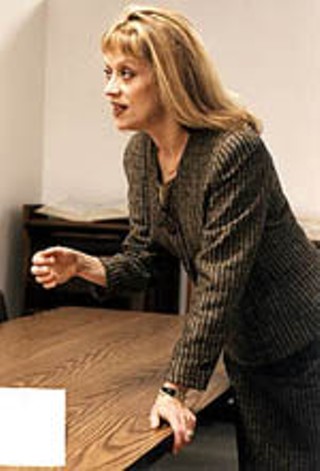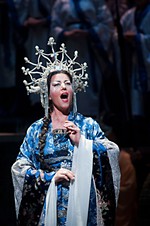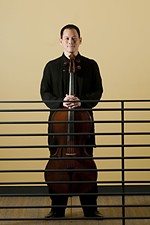Veritably Vienna
Classical music review
Reviewed by Jerry Young, Fri., Nov. 12, 2004

Veritably Vienna
First Baptist Church, Nov. 7From the first few notes of Mozart's Sonata in E-Flat Major, K. 380, it was apparent that violinist Uli Speth and pianist Mary Robbins knew the benefits of collaboration in Mozart's violin sonatas. When one took off, the other made supportive gestures to show he or she was engaged in the dialogue even when it wasn't his or her turn to speak, like the nods and uh-huhs necessary to good conversation.
This music requires that every note be attended to and audible, regardless of whether it is emphasized or subordinated. Exposed textures and quick tempos of first movements can make for rocky beginnings, as was the case here. Uncertainty and some fingering breakdowns, especially in transitions, left the listener worrying that things might unravel, the sort of suspense that can make Mozart's elegantly spare architecture feel as fragile as a card palace.
The pair made up for it, though, in the slower middle movement, with melodies that embraced falling half-step sobbing/sighing motives and slowly arpeggiated piano figurations familiar from Mozart's famous Piano Concerto No. 21. Mozart leads us into a jarring phrase that rhythmically matches the taunting we all know from bad playground experiences ("Nyah nyah nyah nyah nyah") and sets it just as such slights are in our memory, repeated obsessively: four times by each instrument. It's the grain of sand that generates this musical pearl, and Speth and Robbins consoled us with the sweetest playing of the afternoon.
The tragic intensity of the Sonata in E Minor, K. 304 was fueled by the duo's ever-attentive dialogue. The minuet is touchingly simpler, and the duo traded off variations on a squarish, 16-beat theme, extended here and there – once by a Robbins flourish that verged on a full cadenza – that grieved for the tragedy of the first movement. The opportunities for overstatement are many, but at each the pair reinvested their energies in the dialogue.
The pair may have underestimated the F Major Sonata, K. 547. In several places the work's carefree mood was threatened by Robbins slipping out of the track in piano runs and Speth's lapses in bow control. As in other places in the concert, problems occurred where a spacious phrase suddenly had to downshift to make a turn, and the jostling was apparent.
The Sonata in B-Flat Major, K. 368 brought the pair back to deeper water, and the even polish and firmly integrated interactions left no doubt that Speth and Robbins had given ample attention to this more musically demanding and rewarding work.










